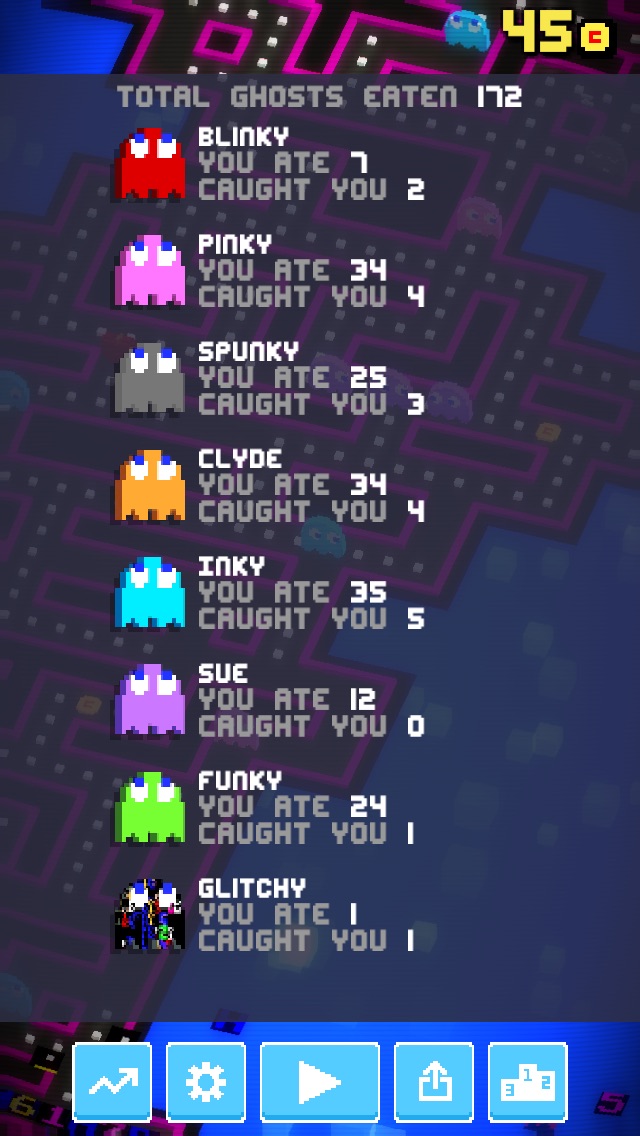

Tracking unowned files created by packages

Tip: The lostfiles script performs similar steps, but also includes an extensive blacklist to remove common false positives from the output. # find /etc /usr /opt | LC_ALL=C pacman -Qqo - 2>&1 >&- >/dev/null | cut -d ' ' -f 5. One method is to use pacreport -unowned-files as the root user from pacutils which will list unowned files among other details.Īnother is to list all files of interest and check them against pacman:
#PACMAN VULNERABLE GHOST INSTALL#
If your system has stray files not owned by any package (a common case if you do not use the package manager to install software), you may want to find such files in order to clean them up. $ pacman -Qlq package | grep -v '/$' | xargs -r du -h | sort -h This one might come in handy if you have found that a specific package uses a huge amount of space and you want to find out which files make up the most of that. Listing files owned by a package with size The navigational keybindings are the same, although Enter will not work in the same way.

$ LC_ALL=C pacman -Qi | awk '/^Name/' -layout=reverse The following command will list all installed packages and their individual sizes: There are two options here: get the size of individual packages, or get the size of packages and their dependencies.
#PACMAN VULNERABLE GHOST FREE#
List packages by regex with custom output format (needs expac): expac -s "%-30n %v" regex.įiguring out which packages are largest can be useful when trying to free space on your hard drive.List packages by regex: pacman -Qs regex.present in the sync database) that are not direct or optional dependencies: pacman -Qent. List all explicitly installed native packages (i.e.List all native packages (installed from the sync database): pacman -Qn.List all foreign packages (typically manually downloaded and installed or packages removed from the repositories): pacman -Qm.List all packages in the package group named group: pacman -Sg group.List all explicitly installed packages: pacman -Qe.You may want to get the list of installed packages with their version, which is useful when reporting bugs or discussing installed packages. In Hanna Barbera’s Pac-Man, the power pellets are used for electricity to power up homes, etc.Note: Instead of using comm (which requires sorted input with sort) in the sections below, you may also use grep -Fxf or grep -Fxvf.

In "Ghostly Adventures", they were replaced with Power Berries, which come in different colors. They were later changed to Power Cookies in Pac-Man Party. Power Pellets have sometimes been mistakenly referred to as "Power Pills", a term mostly used by Atari with their adaptations of Pac-Man and related games. However, in Pac-Man World 3, they are also used to defeat Spectral Monsters. In the Pac-Man World games, Power Pellets serve the same purpose to defeat regular ghosts that cause trouble. In the arcade game, it scares Blinky, Inky, Pinky, or Clyde blue. After a short period of time if the ghosts don't get eaten, they will turn back to normal, flashing between blue and white a few times before the Power Pellet wears off. After the ghosts are eaten, only their eyes remain and they go back to the center of the maze to regenerate. In arcade games, when Pac-Man devours a Power Pellet, it causes the ghosts to go into Blue Mode, allowing him to eat them. A Power Pellet (パワーエサ), also known as an Energizer, is an object used in the Pac-Man games.


 0 kommentar(er)
0 kommentar(er)
